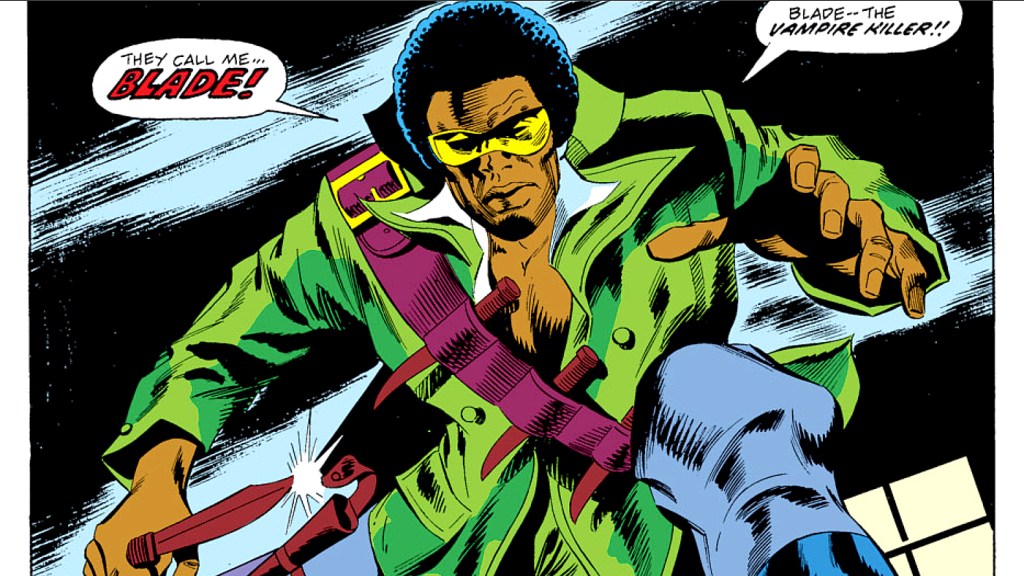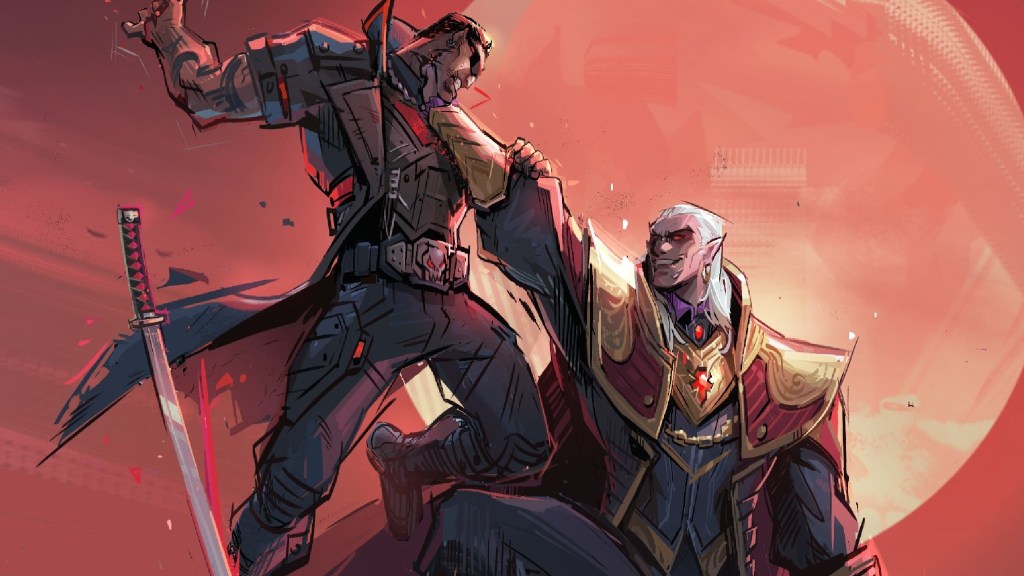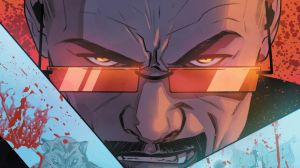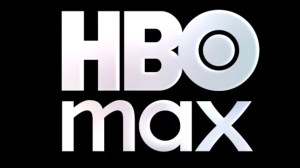The mighty Marvel Comics universe may have been built on the backs of superheroes, but it never shied away from featuring non-superhero characters when urgency or inclination called for it. Such was the case in the early 1970s, when a convergence of looser content restrictions and growing popular interest in the occult and supernatural presented Marvel with a chance to “dip its toes” back into horror — a genre the company had originally explored in its earliest days, only to abandon after the Comics Code Authority (CCA) deemed such content off-limits. Seizing that rare moment when opportunity met readiness, Marvel plunged boldly into the genre, launching five horror-based titles within two years, along with a series of horror anthology comics. It’s a fair argument that in the 1970s, Marvel was the place to be for horror comics.
Videos by ComicBook.com
As revealed by Marvel’s then-Editor-in-Chief, Roy Thomas, in an interview with the legendary Stan Lee for Comic Book Artist #2, which was republished on TwoMorrows., the company had little trouble pivoting to horror stories. This was due to their extensive reservoir of horror concepts, many of which originated from Stan Lee, who had been thinking them up over the years, for a time when content limitations were eased. Most of these ideas — based on vampires, werewolves, zombies, and Frankenstein-like creatures — drew from classic horror tropes of the 1950s and early 1960s. Others were embellishments of creatures from the black and white horror magazines that had otherwise been allowed to publish grisly tales.
Blade Broke the Mold for Horror Comic Heroes

Needless to say, many of the monsters Marvel introduced in its first wave of horror comics and stories didn’t quite mesh – stylistically – with the prevailing pop culture of the time. That began to change with the arrival of that is, until the arrival of Blade. Created by Marv Wolfman and Gene Colan — who, alongside Roy Thomas, Gerry Conway, Steve Gerber, and Doug Moench, were among Marvel’s leading horror comic architects — Blade debuted in Tomb of Dracula #10 (1972), the publisher’s flagship horror title.
Although he began his “career” in the Marvel Comics universe as a supporting character, Blade had a distinctive vibe that set him apart from Daimon Hellstrom, the Man-Thing, and other fellow representatives of the quickly expanding Marvel “horror-sphere.” Indeed, unlike his peers, he carried the unmistakable aura of a superhero — a vigilante more concerned with hunting monsters than fighting crime.
But Blade’s uniqueness went beyond just style — he was also fundamentally different in substance. Unlike other Marvel monsters and supernatural characters, Blade was primarily human, yet he inherited many of a vampire’s strengths — supernatural power, speed, and durability — without most of their weaknesses, such as vulnerability to sunlight. As a result, he wasn’t a tragic figure cursed by a supernatural affliction like Werewolf by Night‘s Jack Russell, nor a monster tormented by his darker nature like Morbius, or a victim of transformation like Ghost Rider‘s Johnny Blaze. In short, Blade was a superhero who operated effectively in a horror environment, not a tormented monster or horror figure held back by their personal situation.
With Blade, it’s Hip to be Scared

Blade’s character was a refreshing change because he was a clear-minded, super-powered human who wasn’t cursed and didn’t fear an uncontrollable transformation. He was even impervious to one of the strongest weapons in the horror genre: the vampire bite. His hybrid status made him, to borrow a phrase from fellow human posing as a monster, a “man without fear” in carrying out his goal of hunting down the monsters who were preying on others within his community. He didn’t hunt with a cloud over his head; he did it with a confidence and brashness that was invigorating and attractive.
Indeed, Blade’s emphasis on action over tragedy gave a cool, new shine to a genre that traditionally left people feeling afraid, disgusted, and shocked. But Blade’s injection of coolness into horror comics didn’t stop there — he also infused the genre with a sense of empowerment. Whereas traditional horror often depicted people fleeing from monsters with no hope of stopping them, Blade showed that humanity could not only fight back but actually win.
Blade Goes From Supporting Role to Marvel’s Multimedia Horror Icon

Blade brought a new energy to Marvel’s horror line that drew from the creative influence of another cultural phenomenon of the era: the rising popularity of Blaxploitation films like Shaft, Superfly, and Black Belt Jones. These movies often featured Black Americans, led by charismatic, tough-as-nails heroes unafraid to face their enemies, battling oppressive forces threatening their communities. As a fearless Black vampire hunter from “the hood,” Blade embodied this aesthetic. He dragged horror out of gothic castles and dropped it onto the gritty city pavement.
While Marvel helped re-introduce horror comics to the reading public, Blade helped revitalize Marvel’s horror genre – and make it cool. Unlike Marvel’s other supernatural heroes, Blade introduced a slick new style, an affirmative heroism, and a modern urban edge to a genre traditionally buried under gothic and Old World traditions. As such, he was the first of Marvel’s horror characters to feel like a genuine superhero. He foretold a future where he and many of his fellow horror-based characters would successfully transition into the superhero universe – a move that undoubtedly helped Marvel’s horror comics gain broader appeal and would eventually make him one of the most iconic horror-themed characters in the world.









